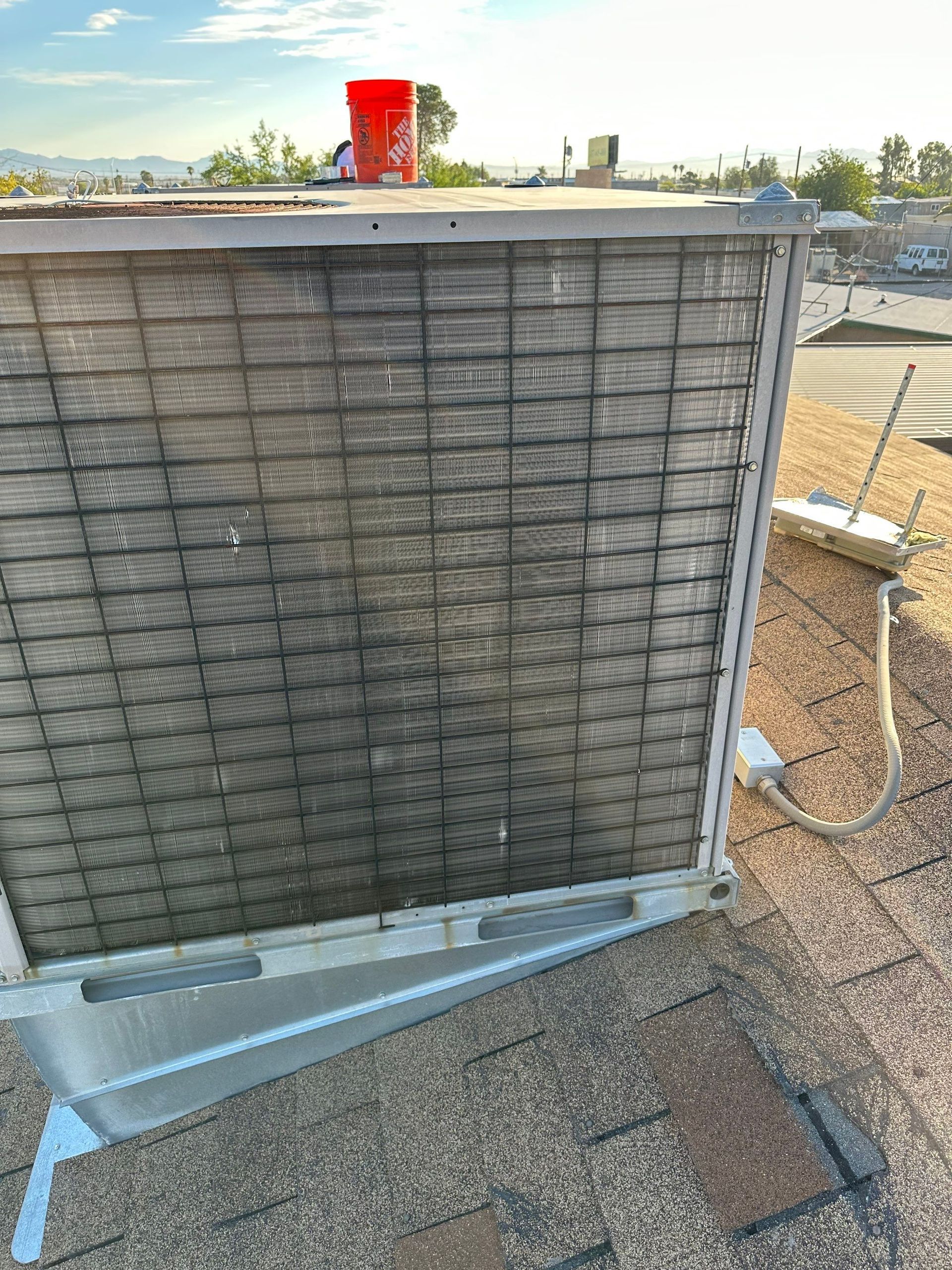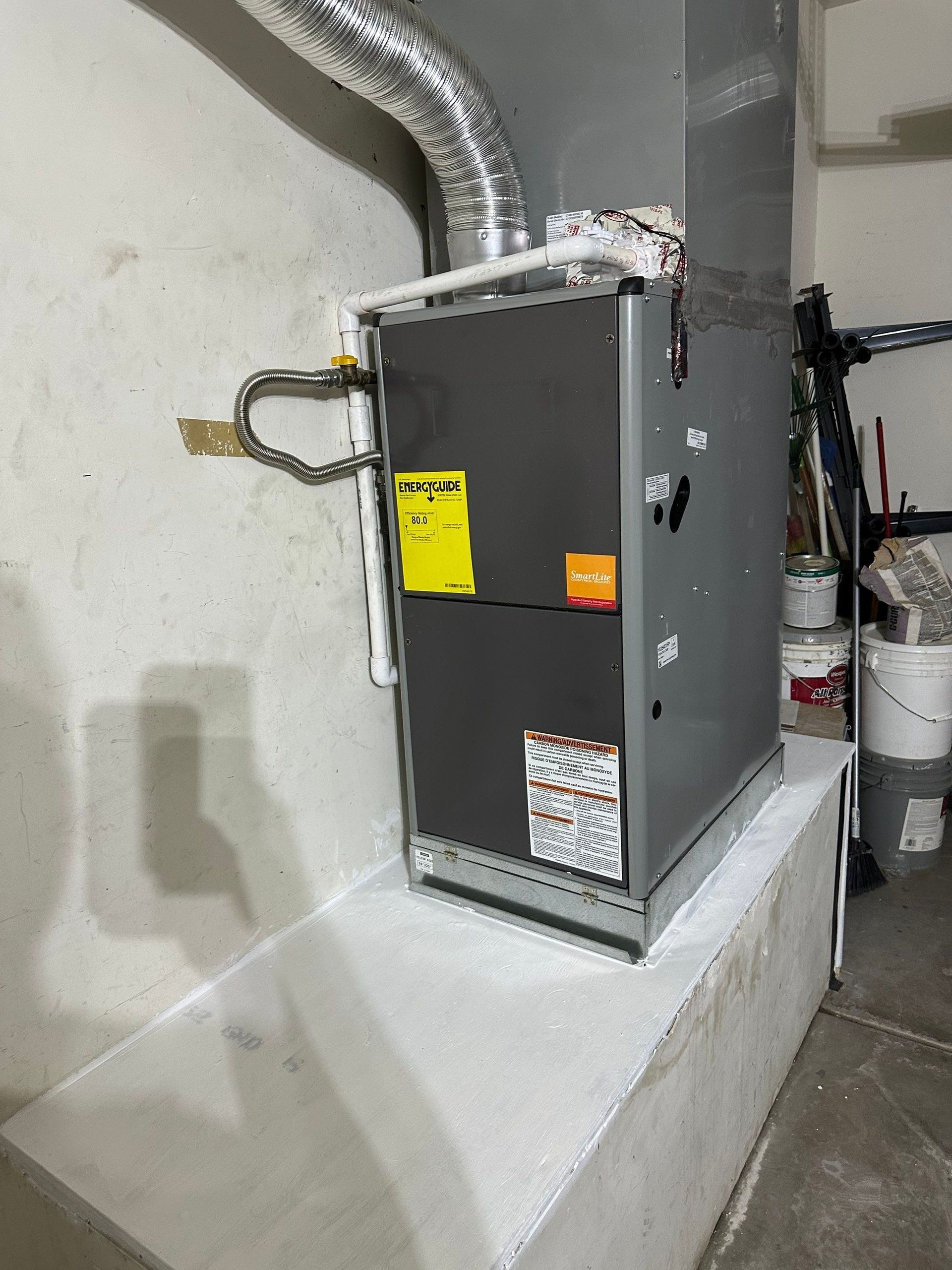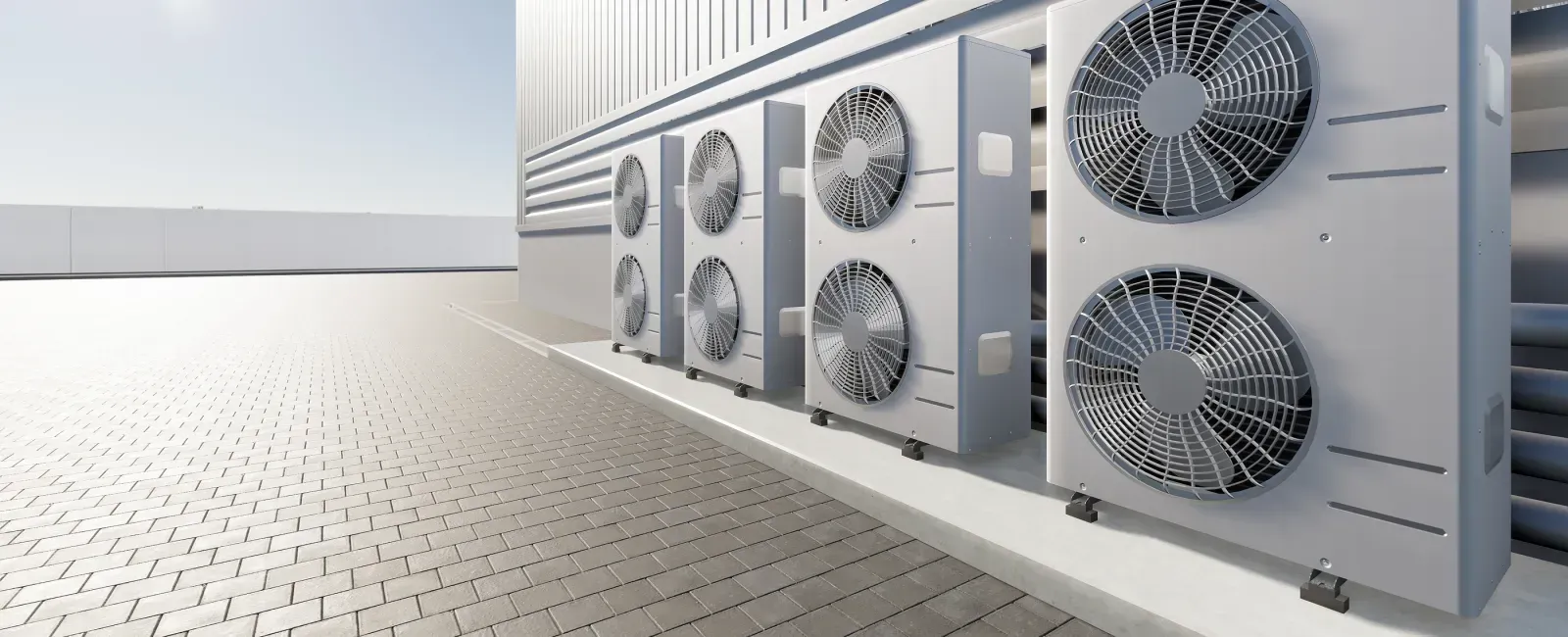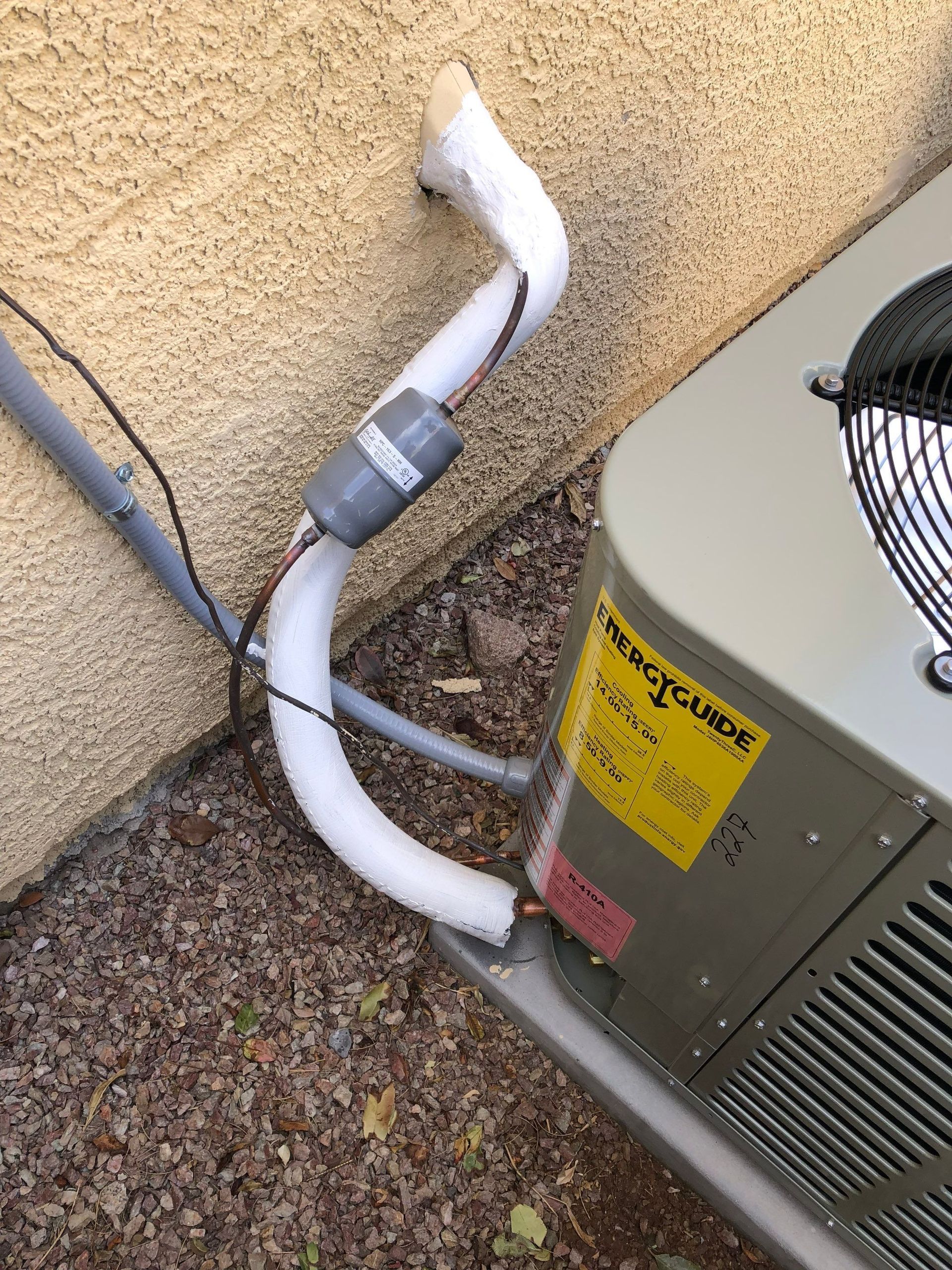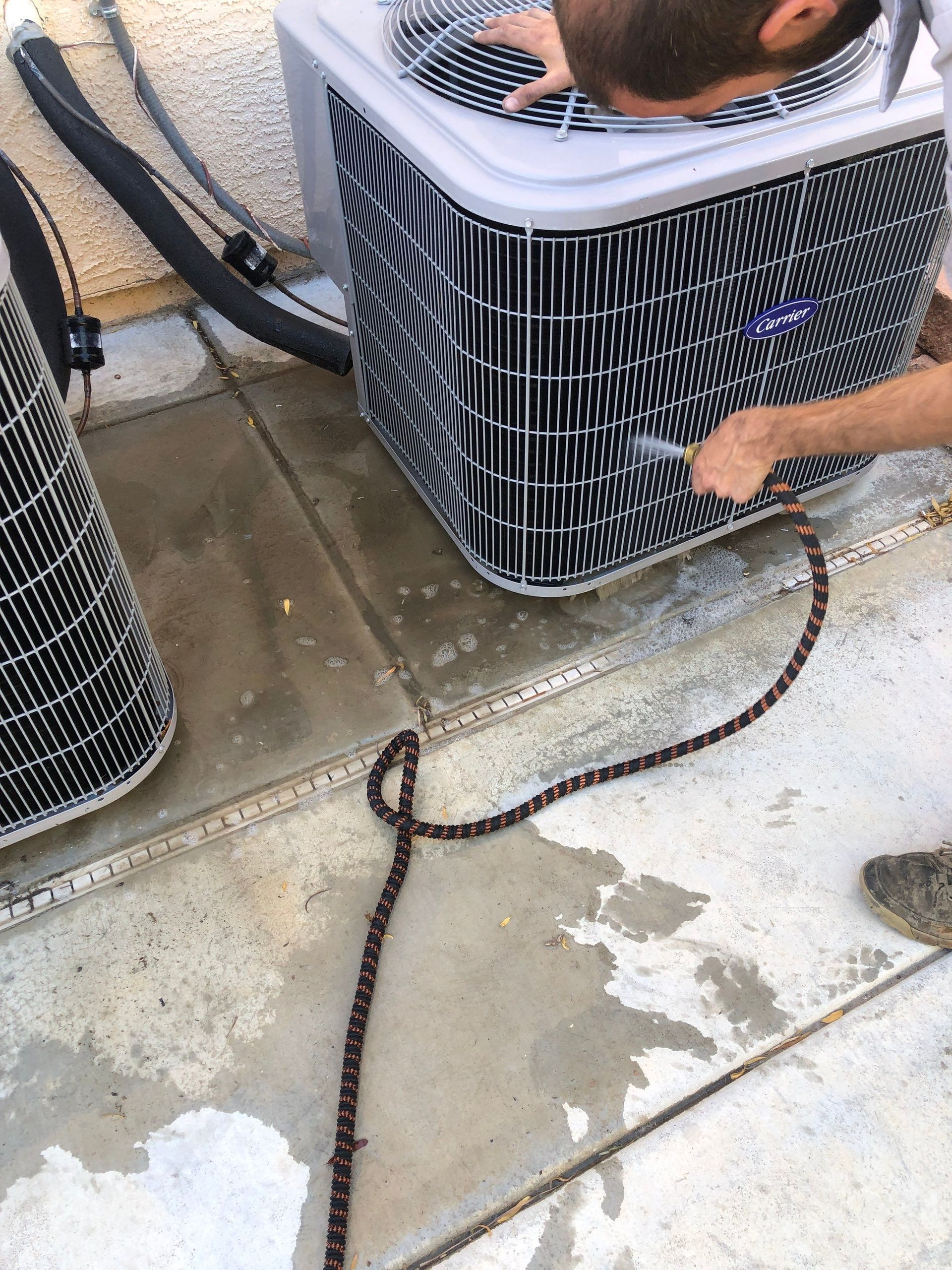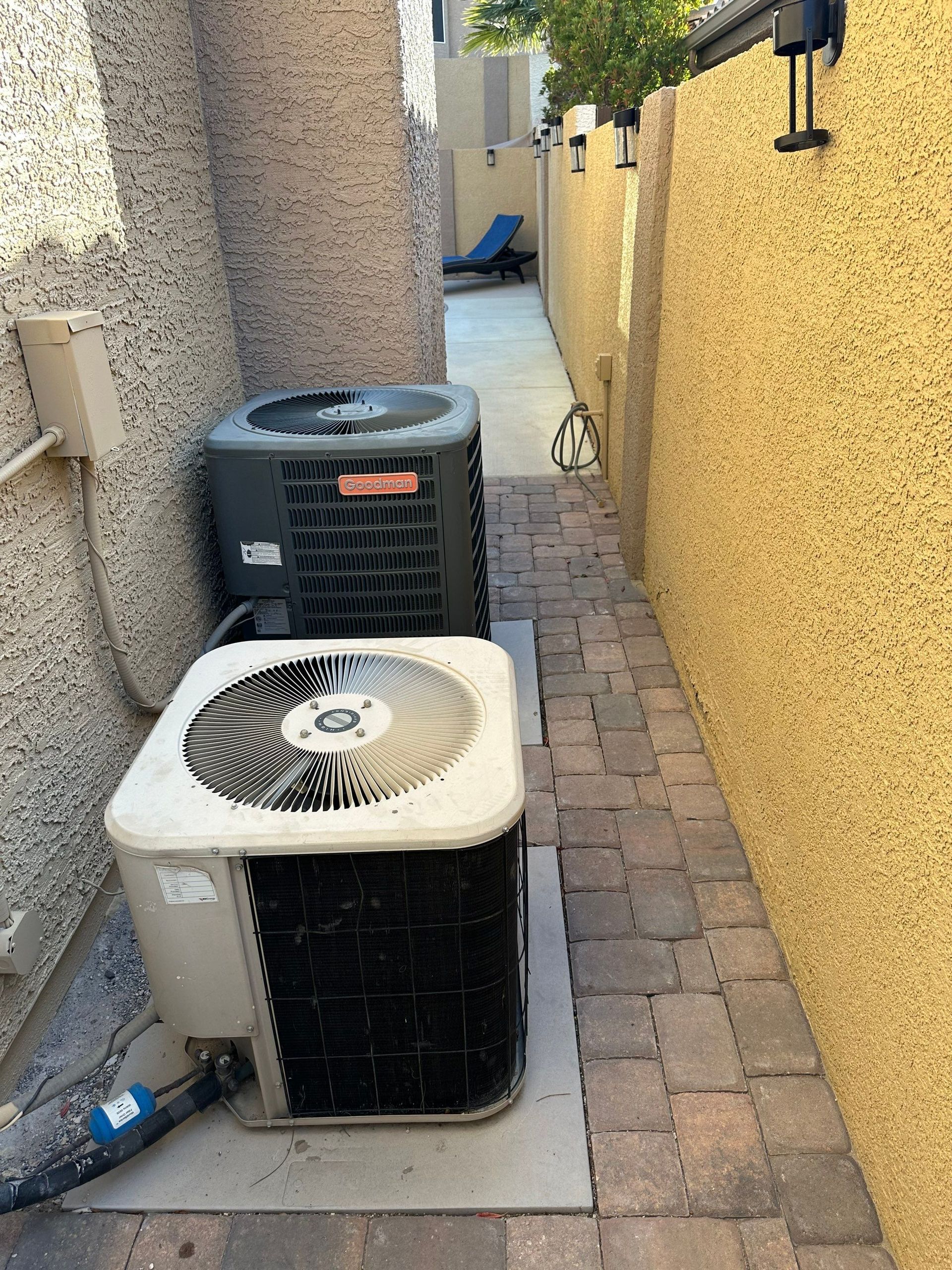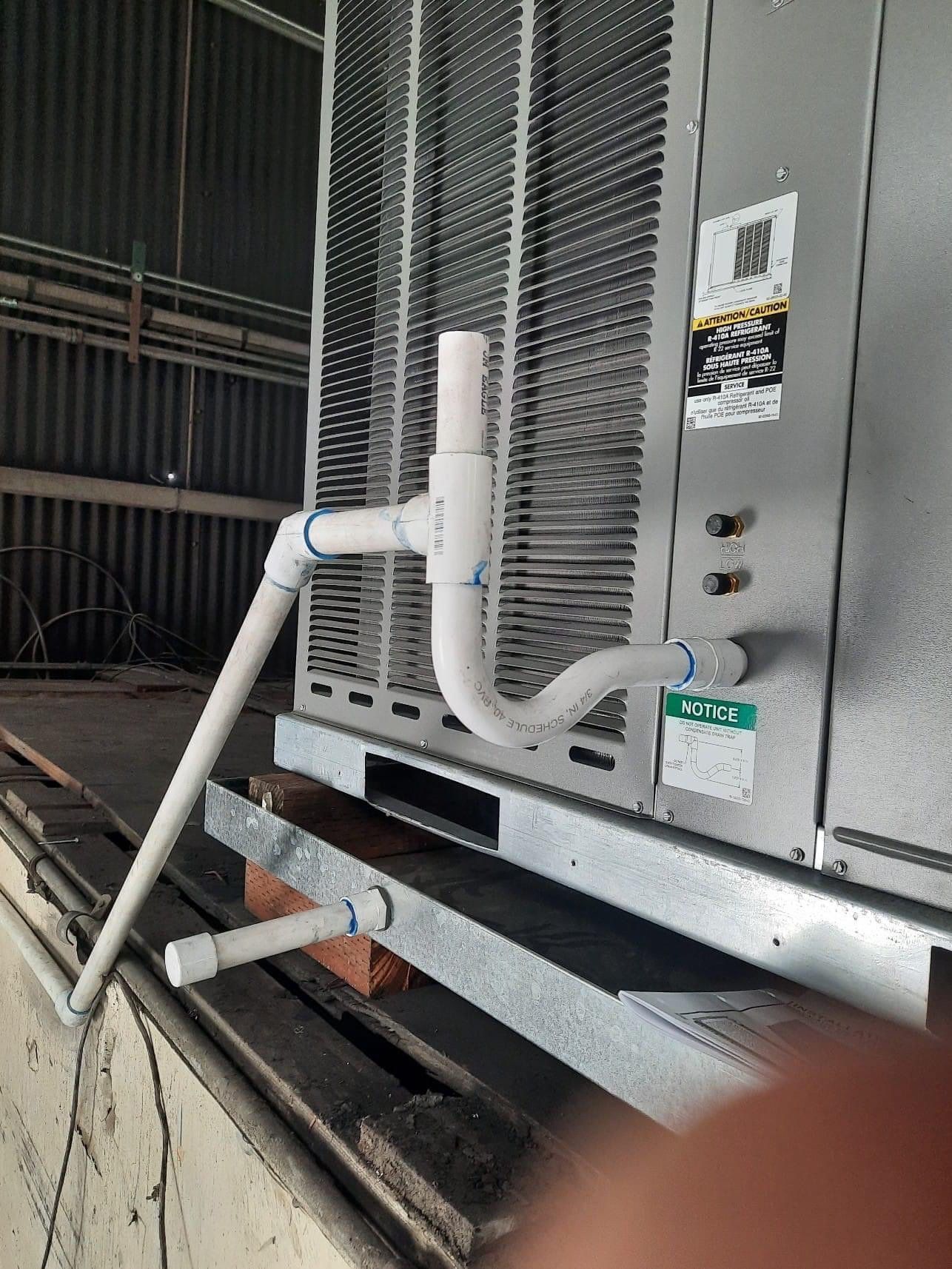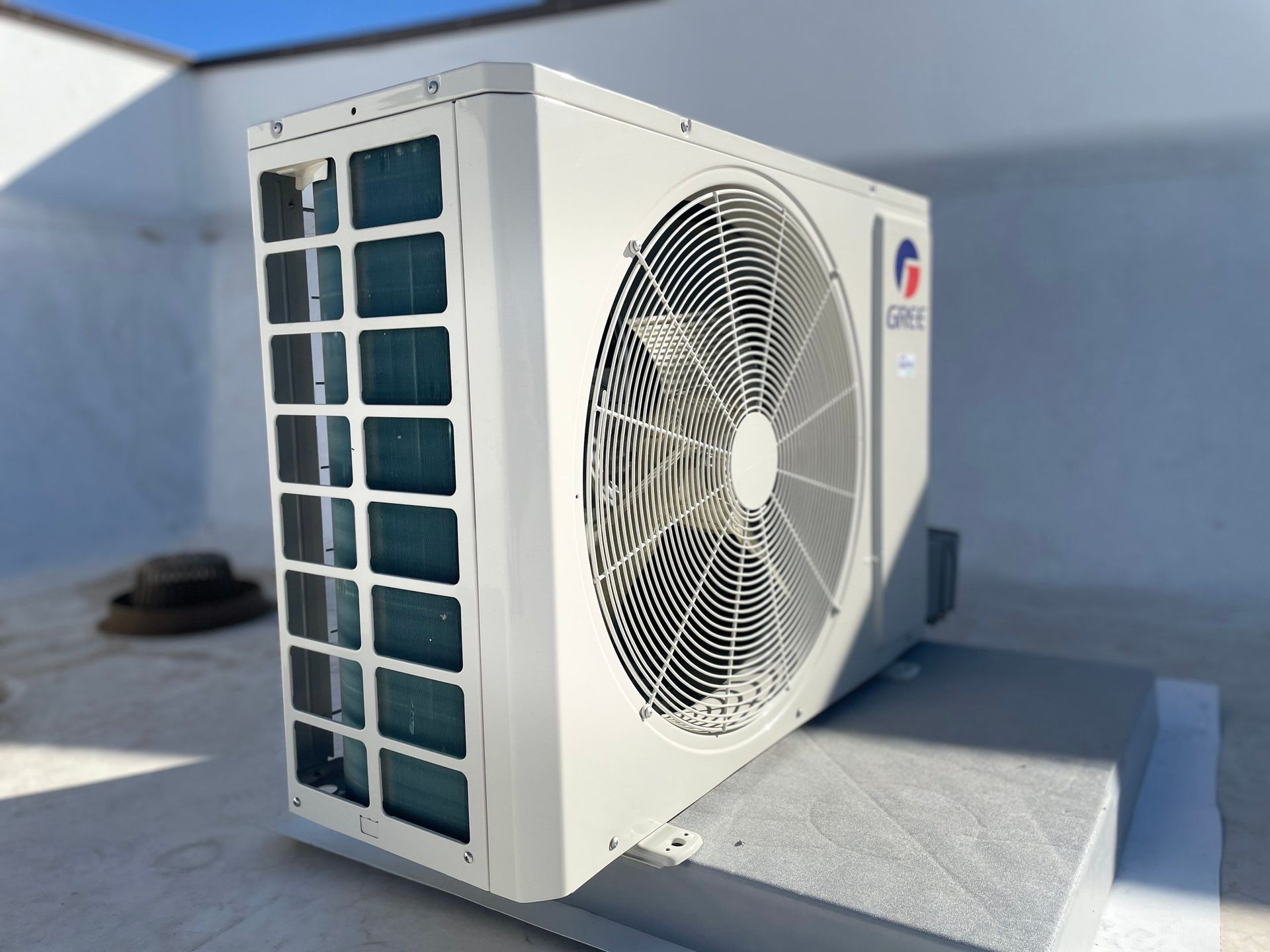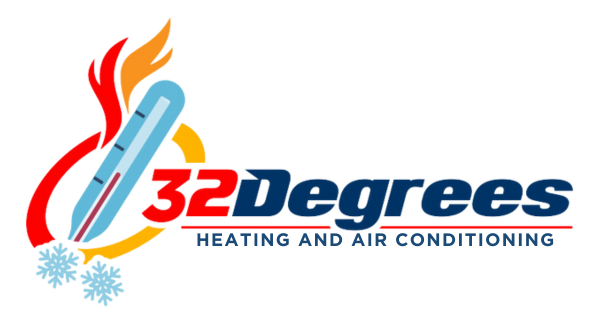How to Combat Allergies as You Turn on the Heat This Fall
As fall arrives, we all look forward to cozying up in a warm, comfortable home. But for many people, turning on the heat comes with a less-than-welcome side effect: allergies. If you’ve ever noticed your eyes getting itchy, your nose starting to tickle, or a slight cough kicking in just after firing up the furnace, you’re not alone. When we turn on the heat, it doesn’t just warm the air – it stirs up all the dust, pollen, and other allergens that have settled in our HVAC system over the summer.
Luckily, there are ways to tackle those allergens head-on so you can enjoy a warm home without the sniffles. Let’s go through some practical steps you can take to keep your home cozy and allergy-free this season!
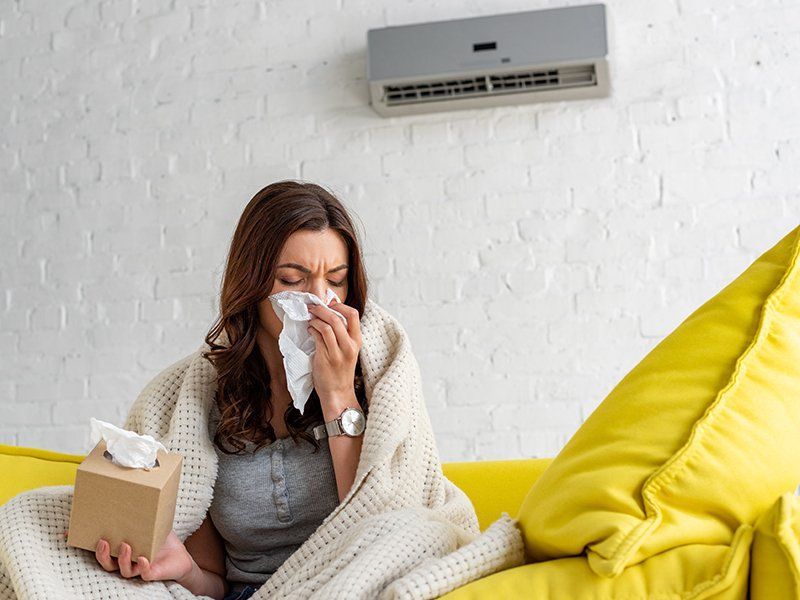
Why Turning on the Heat Can Trigger Allergies
Imagine your HVAC system has spent the summer quietly circulating cool air, with dust and pollen gradually building up in the ducts and vents. Then, when you switch to heating, that warm air starts to circulate more intensely, pushing those particles out into your home. Suddenly, the air is full of microscopic irritants, causing allergy symptoms to flare up. This is why fall can be particularly rough on allergy sufferers – but a few easy steps can help you get ahead of the allergens.
Step 1: Start with a Fresh Air Filter
One of the simplest and most effective ways to combat allergens is by regularly changing your air filter. Over time, filters catch particles like dust, pollen, and pet dander, which build up and reduce your system’s efficiency. When your filter is dirty, it can no longer trap allergens effectively, letting them circulate freely in your home. Before you even think about turning on the heat this fall, start with a fresh filter.
When to Change Your Filter: Every 1-3 months is ideal, especially in allergy season or if you have pets. A high-quality HEPA filter can trap smaller particles, making it an excellent choice for allergy sufferers.
Step 2: Clean Your Vents and Registers
Take a moment to look at your vents and registers. If you see dust and dirt built up around the edges, it’s time for a clean! Dust accumulates on vents over time, and when the heat kicks on, it can blow those particles right into the air. Use a damp cloth or a vacuum with a brush attachment to gently clean the surface and edges of each vent. This simple step can help prevent dust from becoming airborne and reduce allergy triggers.
Pro Tip: Don’t forget to vacuum around the vents, too! Dust that settles near them can easily be pulled into the airflow.
Step 3: Consider Duct Cleaning – A Fresh Start for Your HVAC
If it’s been a few years since your ducts were cleaned, or if you’ve recently moved into an older home, it might be time to consider a professional duct cleaning. Over the years, ducts can collect dust, pet hair, mold, and other allergens that get circulated every time you turn on the heat. A professional duct cleaning can remove this buildup, making a noticeable difference in the air quality throughout your home.
When to Schedule Duct Cleaning: Most homes benefit from duct cleaning every 3-5 years, but if you’re experiencing unexplained allergy symptoms or noticing excessive dust, it’s worth checking sooner.
Step 4: Use an Air Purifier for Extra Protection
Sometimes, even with regular HVAC maintenance, allergens still find their way into your home. A high-quality air purifier can act as a second line of defense, filtering out particles like dust, pollen, and pet dander. Place air purifiers in rooms where you spend the most time, like the bedroom and living room, for an added layer of protection. Many modern purifiers even have settings specifically designed to capture allergens, keeping the air cleaner and helping you breathe easier.
Choosing the Right Air Purifier: Look for models with HEPA filters, as they’re designed to capture the smallest particles and are ideal for managing allergies.
Step 5: Control Humidity for Better Air Quality
Dry air doesn’t just make you feel uncomfortable – it can also irritate your respiratory system, making you more sensitive to allergens. Adding a bit of moisture to the air can help keep your nasal passages comfortable and reduce allergy symptoms. Consider using a humidifier to keep humidity levels in your home between 30% and 50%. Just be careful not to overdo it, as too much humidity can encourage mold growth.
Finding the Right Balance: Invest in a hygrometer to monitor indoor humidity levels and adjust as needed for optimal comfort and health.
Step 6: Schedule a Fall HVAC Tune-Up
An HVAC tune-up isn’t just about checking for mechanical issues – it’s also a great time for cleaning and preparing your system to keep allergens at bay. A technician can inspect, clean, and calibrate your system, ensuring it’s running efficiently and isn’t circulating unnecessary dust and debris. They can also check for any mold or mildew growth within the system, which can contribute to allergies if not addressed.
Why a Tune-Up Matters: A tune-up not only improves air quality but also helps your system run more efficiently, saving you energy costs in the long run.
Enjoy an Allergy-Free Fall
With a few proactive steps, you can reduce allergens in your home and enjoy the warmth of fall without the sneezes and sniffles. By changing your filters, keeping vents clean, maintaining balanced humidity, and considering duct cleaning or an air purifier, you’re setting yourself up for a cozy, allergy-free season. There’s nothing like the feeling of a warm, comfortable home that’s as refreshing as the crisp fall air outside. Here’s to breathing easy and embracing the season!
Ready to work with 32 Degrees Heating and Air Conditioning?
Let's connect! We’re here to help. Send us a message and we’ll be in touch. Or give us a call today at 725-720-2912
Agency Contact Form
Our Blogs...
32 Degrees HVAC Solutions
